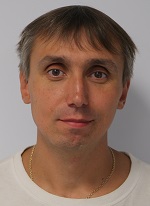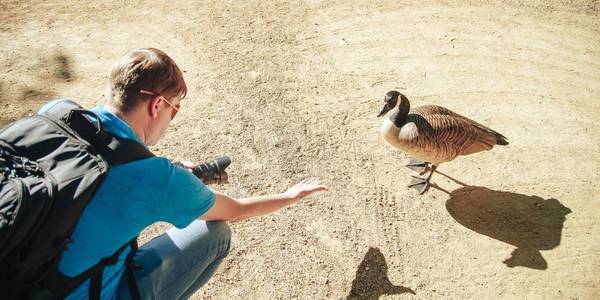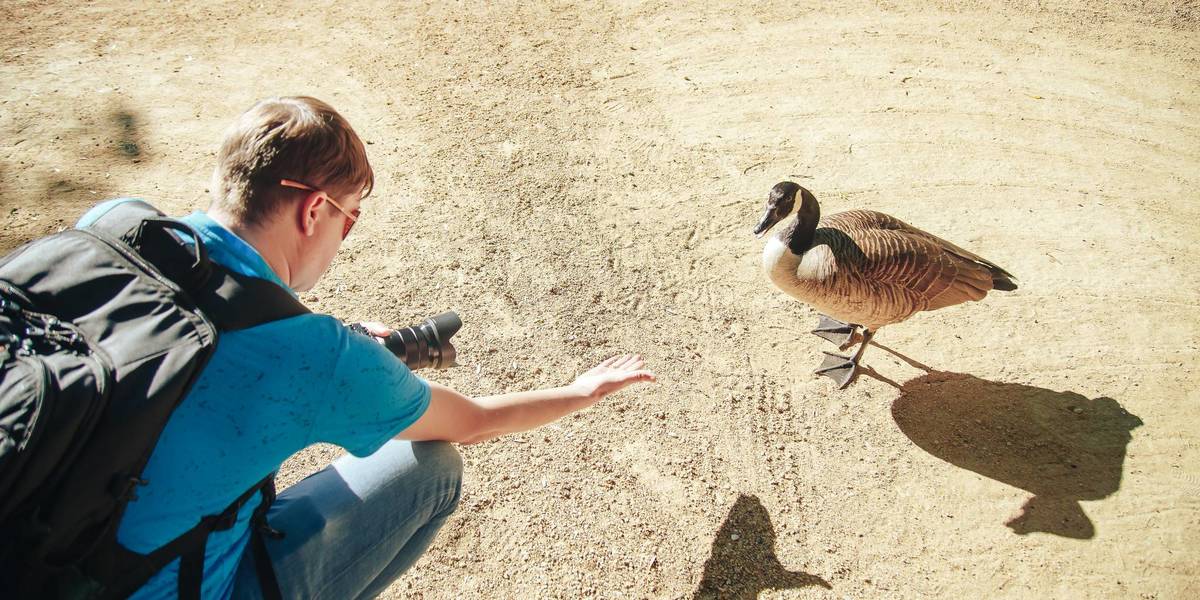Making money of air, land and water: AHs that do (not) develop tourism
When trying to develop tourism, hromadas do not always understand what they should do.
By Dmytro Synyak 
- Does our tourism develop? Of course! It does develop! We have so many plans here!
- And what exactly have you already done?
- Well, uh ... We began to design tourist routes!
- And will tourists be interested in these routes?
- Why not!? Where else will they go!? Do you know the beauty we have here! You should come and see it in your own eyes if you write about tourism. Here we have...
Then I hear a long list of cultural or natural treasures ... This is the way almost every conversation starts with representatives of this or that amalgamated hromada, that has shared statements on the Internet about even minor development of their tourism sector. While working on this material, I have had dozens of such talks and should admit that hromadas do not develop tourism at all, they are poorly aware of what needs to be done for such development.
Hromada and the state
Tourism could be a significant income source for many Ukrainian AHs. According to TripAdvisor, international tourist advisory portal, in 2013-2014, 33% of all Ukrainian users of the portal were interested in domestic travel, and in 2016 this figure amounted to 50%. At the same time Volodymyr Tsaruk, Director of the Tourist Information Centre, believes that over the past two or three years the volume of domestic tourism in Ukraine has increased by 60-65% compared to 2014.
Odesa, Lviv and Bukovel are in the greatest demand, but more and more Ukrainians are interested in other regions, where they look for virtually unknown Ukrainian features. As a result, many Ukrainian media create projects that tell about unknown places that may be of interest to tourists. Thus, in particular, the Ukraїner project appeared, where participants all the time travel around Ukraine, telling about its interesting sites.
Besides, according to the State Statistics Service, last year our country was visited by 14.3 million foreign citizens. Most foreigners came from Moldova (4,4 million), Belarus (2.7 million), Russia (1,5 million), Poland (1,1 million), and Hungary (1,06 million). Therefore, there is a demand, but is there a proposal?
Ivan Kovach, head of the Tyachivska AH, believes that much depends on the state in the issues of business development and tourism. In his opinion, it is the state that can reduce taxes by identifying areas with simplified taxation, where tourism could be developed. Local government, managing only land and real estate taxes, which it can increase or decrease at its discretion, can not make too much for tourism development.
“Investors, especially foreign ones, need a conviction that they can safely earn money in Ukraine, and will be able to withdraw it, if necessary,” says Ivan Kovach.

In the last two or three years, the volume of domestic tourism in Ukraine has increased by 60-65% compared with 2014. Photo: DOBRE Programme
However, this does not mean that hromadas can do nothing to increase their own income from tourism. The same Ivan Kovach thinks that if local authorities, at least, improve the state of roads, the tourists will not hesitate to come.
Look at our oak trees!
Another problem is that the heads of AHs sincerely believe that if the tourists learned about their charming lakes-mountains-forests-steppes-rivers-museums (odd one out), then thousands would come in flocks. Therefore, the newly amalgamated hromadas see popularisation of these sites as their aim. However, they promote these places in a somewhat strange way: telling everyone they meet about them, and also reporting about these places to the relevant departments of oblast administrations. No need to be a marketologist to understand: it is impossible to significantly increase the flow of tourists in such circumstances. However, AH leaders are stubbornly unwilling to see this.
Festivals: advertising of hromada or development engine?
Many hromadas consider festivals to be their goldmine. However, when planning them, AHs rarely count money. Though holding of large-scale events requires no less extensive costs. Moreover, profits are brought only by few-day thematic festivals, long known in Ukraine and abroad.

Festivals should be considered only as part of a tourism strategy. Photo: DOBRE Programme
Consequently, festivals should be considered only as part of a tourism strategy – they will not enrich hromadas greatly.
Bad harvest is misfortune, but heavy yield is even greater trouble
Ukrainian AHs willing to develop tourism themselves can be divided into two categories. The first and the biggest one dreams about thousands of tourists and does not know how to make them come to look at local beauty. The second category is not numerous, but the most promising one. It already generates considerable tourist flows, but can not earn profit of them.
Urban-type settlement of Zatoka of the Odesa Oblast faces a considerable stream of tourists. Thus, when the Estonian investor Marcel Vichmann decided to build an embankment and a water park here, the local mafia demanded to cut its representatives in. An attack was planned against the investor’s lawyer Oleksandr Pohorilyi, which failed due to the police intervention. And in a few weeks the courts released the case detainees. Project funding was terminated. Zatoka continues to be a disorderly accumulation of flimsy houses with infrastructure, which absolutely does not match the status of an all-Ukrainian resort.
Own tourism for someone else's money
The dream of every hromada head is to receive a grant for tourism development. Building a hotel, paving sidewalks, replacing outdated equipment – these are the tasks the heads of AHs will manage the best. The only thing they most likely will not do is calculate whether the creation of this tourism infrastructure will be profitable to the hromada? Will it not be empty? Meanwhile, such calculations are obligatory for receiving grants, just as the current presence of tourists.
Perhaps, the State Fund for Regional Development can be considered the most powerful grant provider of Ukraine, which finances hundreds of projects across the country.
What to do?
Anatoliy Tkachuk, Director on Science and Development of the Institute of Civil Society, gives an example of an imaginary hromada that has only one tourist feature – a rock. It is unlikely to attract thousands of tourists, but may be interesting for rock climbers. This is a very narrow, yet reliable and, importantly, a profitable segment.
“The hromada can create a tourist product for rock climbers, if it manages to arrange, for example, a small campsite nearby the rock, where it will be convenient for the tourists to put tents, where there will be a shower, a toilet, garbage cans, etc.” continues Anatoliy Tkachuk. “Thus, a rock will turn into a tourist product out of the local attraction. The same approach can be applied to local berries. Products made of them can be offered in the places through which tourists go.
When designing tourism development plans, one should not set sights on ambitious goals, as it is better to start with small initiatives.
The full version is available in Ukrainian – please click HERE

Tags:
Source:
Прес-центр ініціативи «Децентралізація»

05 December 2025
Швейцарсько-український проект DECIDE...
Протягом п'яти років реалізації реформи децентралізації управління освітою продовжує залишатися критичним чинником...
04 December 2025
Багаторівневе врядування на практиці: підсумки регіонального форуму Polaris
Багаторівневе врядування на практиці: підсумки...
3 грудня у Полтаві відбувся регіональний форум Програми Polaris «Розбудова системи багаторівневого врядування» –...
04 December 2025
15 грудня - круглий стіл «Громада як юридична...
Центр політико-правових реформ запрошує взяти участь у дискусіях на круглому столі «Громада як юридична особа...
04 December 2025
Мінфін у листопаді забезпечив перерахування з...
У листопаді 2025 року Мінфін згідно з бюджетним законодавством забезпечив перерахування міжбюджетних трансфертів до...